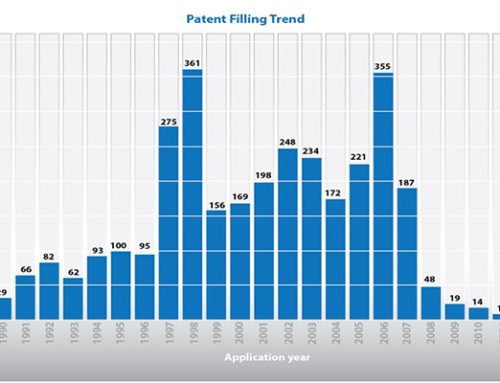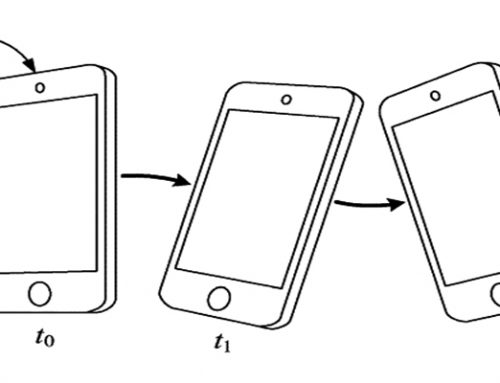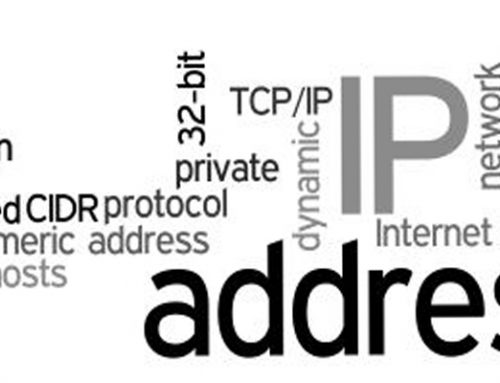This is a suggested Seven Step Strategy for conducting preliminary searches of U.S. patents and published applications using free online resources of the USPTO and its bi-lateral partner EPO (European Patent Office). Patent and Trademark Resource Centers (PTRCs) (www.uspto.gov/ptrc) are available nationwide to provide training on this Seven Step Strategy.
The seven step strategy in a preliminary search of U.S. Patent and Published Patent Application
- Brainstorm terms: to describe your invention based on its purpose, composition, and use.
- USPTO websites search box: in the site search box found in top right hand corner of home page enter “CPC Scheme [plus keywords(s) describing invention]”; for example, if you were trying to find CPC Classifications for patents related to umbrellas, you would enter “CPC Scheme umbrella”. Scan the resulting classification’s Class Scheme (class schedules) to determine the most relevant classification to your invention.
- Verify the relevancy of CPC Classification you found by reviewing the CPC Classification Definition linked to it.
- Retrieve U.S. Patent document with CPC Classification you selected in PatFT database. Review and narrow down the most relevant patent publication by initially focusing on front page information of the abstract and representative drawing.
- Using this selected set of most relevant patent publication, review each one indepth for similarity to your own invention, paying close attention to the additional drawing pages, the specification and especially the claim. References cited by the applicant may lead you to additional additional relevant patents.
- Retrieve US published patent application with CPC Classification you selected in step 3 Appft database. Use the same search approach used in step 4 of first narrowing down your results to the most relevant patent application by studying the abstract and representative drawing of each in its front page. The examine the selected patent closely.
- Broden your search, to find additional U.S.Patent application using keyword search in PatFT or AppFT database.
What is a patent search?
A patent search is a search of issued patents and published patent applications for inventions that might be considered important “prior art” references when applying for a patent. The prior art is anything in the public domain, patented or not patented, that may determine whether an invention is novel or not. A patent searcher reviews the drawings and text of patents and patent applications to find inventions that may be similar to an inventor’s new invention. The patent searcher uses the patent classification system, in addition to keyword searching, to find relevant patents. Planet Patent also uses cutting edge latent semantic analysis (LSA) search technology to conceptually search your invention. (LSA may be included with your search price or for an extra fee on some searches).
What types of patent searches are available?
- Novelty, collection, infringement (also known as non-infringement),
- right-to-use (also known as freedom to operate),
- state-of-the-art, and validity (also known as invalidity).







